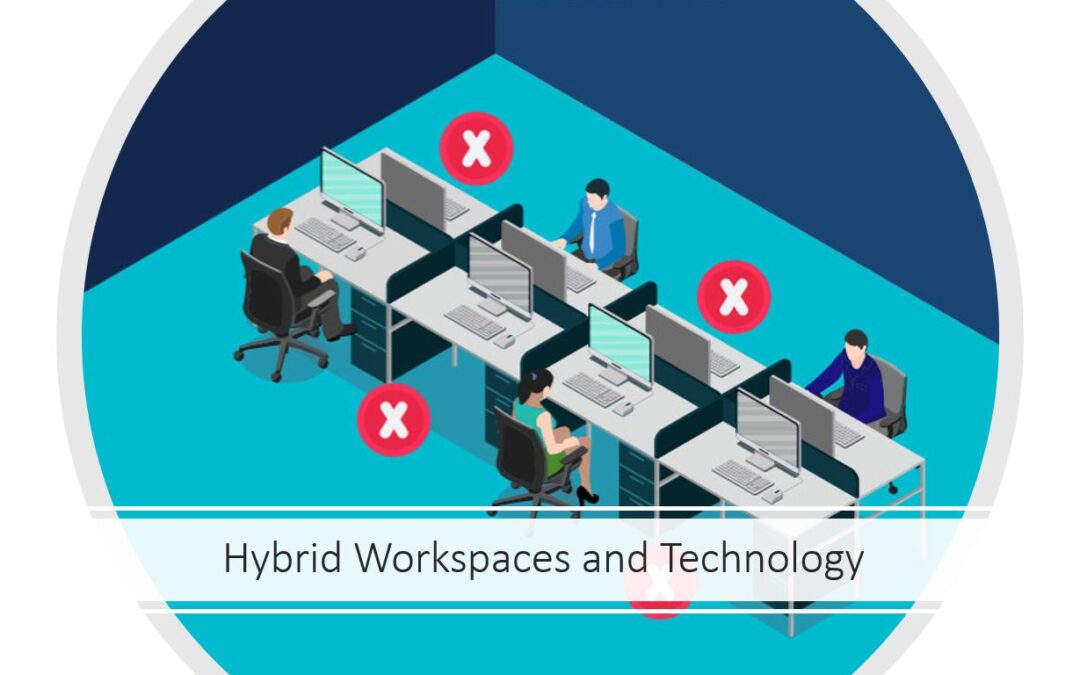| The Rise of Hybrid Workspaces and Technology Integration |
The COVID-19 pandemic has caused an increase in the number of employees working remotely and an under-utilization of existing office spaces. People are performing their daily tasks from different remote locations which has created some challenges. But more importantly, remote work has created the opportunity for offices to repurpose their existing space. Organizations are taking this time away from the office to look for new ways to enhance their existing resources and increase productivity while offering their employees the freedom to choose where and how they want to continue to work.
There is now a need for smart, sustainable, healthy, “hybrid”* office space that can be easily managed by organizations using different technologies and tools.
(*A hybrid work model is a flexible workplace where some employees may choose to work remotely while other team members work from a central location or office. Researchers predict that by 2022, 60% of hybrid workers will prioritize working in a wellness-equipped smart office over a remote office at home.)
To accommodate this shift to a hybrid model, offices will require new technologies to allow for the seamless transition between the home and office.
Technologies such as an integrated workplace management system (IWMS) can support these transitions to a hybrid model by making workplaces more dynamic and agile. A successful IWMS can help organizations build a wellness-centric office to ensure the health and safety of those returning to the office.
IWMS can be a powerful tool on its own, but when it is combined with sensor technologies, it can optimize real estate and hybrid workspaces by collecting real-time data to monitor and plan workspace occupancy, usage, and cleaning.
An IWMS system will allow organizations to create a safe and comfortable workplace while maximizing use of their real estate and assets.
For example, desk booking and check-in software that is used to collect space usage data can be linked to an IWMS system so organizations can be sure that employees have access to space and equipment when and how they need it.
Additionally, understanding how different employees use the office space can help organizations plan an efficient office layout and monitor daily equipment availability.
Furthermore, with the fluctuating demand for heating, lighting, and power often seen in a hybrid working culture, organizations can combine space-usage data with their energy consumption data within an IWMS system. Collecting this data can be extremely useful for navigating costs and expenses.
And with COVID-19, data collected from an IWMS system can help with planning an effective sanitization and cleaning schedule based around actual desk usage.
An effective IWMS system can give organizations quantitative insights into how their physical spaces are being used so they can create effective hybrid workplaces for increased efficiency, wellbeing, and productivity.
Request a quote with one of our IWMS team members to start maximizing your office space today!
